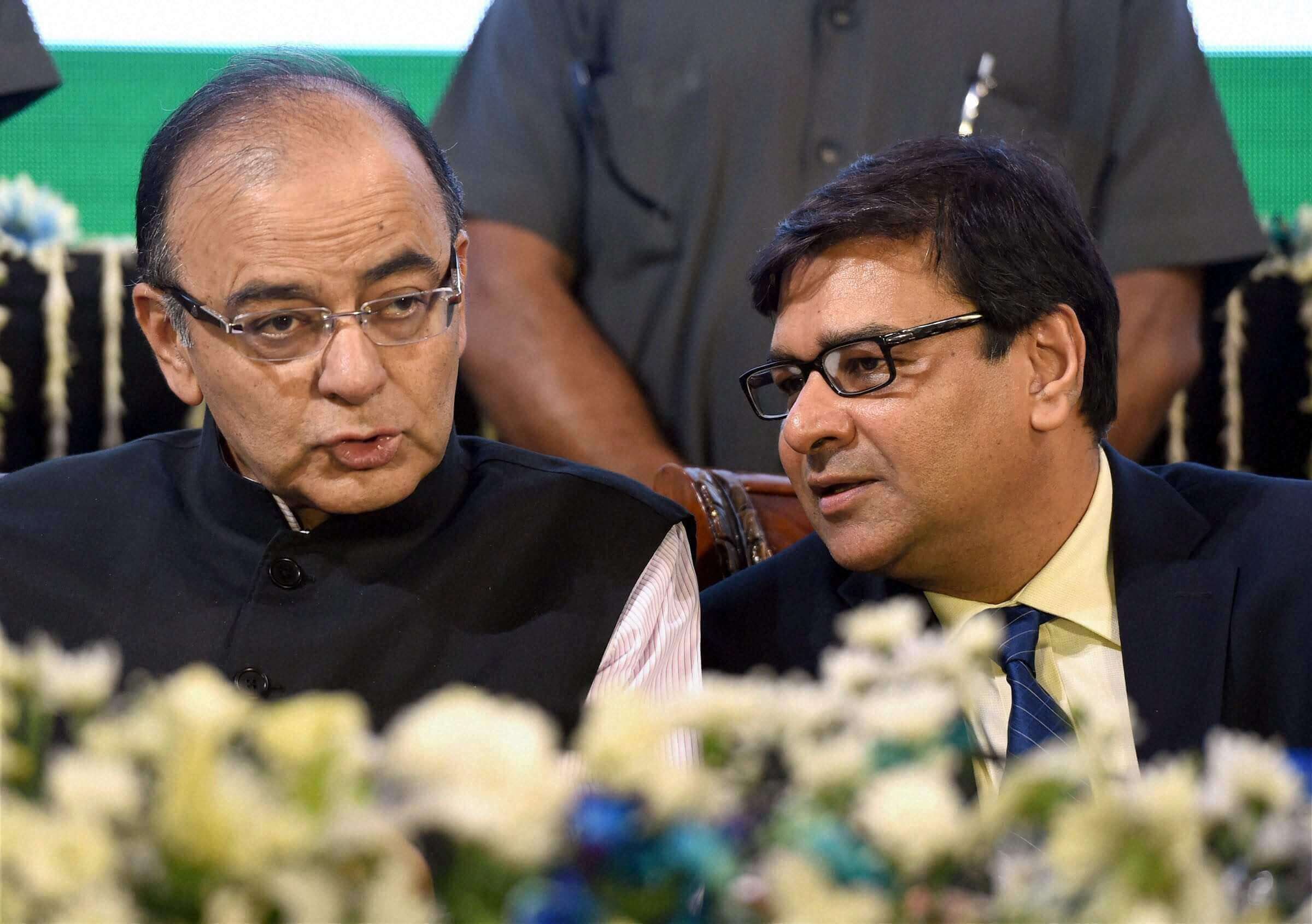The spat between Reserve Bank of India (RBI) and finance ministry was in the public after RBI deputy governor, Viral Acharya, in his speech on 26th October 2018 spoke about the importance of autonomy of the central bank in a democracy and corporation of the government for a stable economy. After the disagreement over issues of liquidity of non-banking financial companies (NBFCs), dividend given to the government and issues regarding the functioning of the RBI; they came to a consensus after the meeting held on 19th November 2018. The meeting went on for nine hours discussing the conflicting issues between the central bank and the finance ministry. The meeting was precluded with questions about the independence of the RBI, resignation of the RBI Governor Urjit Patel, finance ministry’s letters to RBI provoking the section 7 of the RBI Act 1934 (empowering the government to dictate the central bank protecting the interest of public mixed sentiments of investors in the share market.
The major agendas of the meeting were, aligning the capital norms of banks to Basel Norms III (the global standard for bank capital adequacy) and restructuring the Prompt Corrective Action (PCA) framework of RBI which is a framework that deals with stressed assets of the banks. It also included other agendas like Economic Capital Framework (ECF) and governance of RBI, creating a special window for liquidity for NBFCs, and increasing the liquidity to Micro Small and Medium Enterprises (MSMEs). Out of these, the matter of liquidity window for NBFCs and issue of governance in RBI were left undecided and would be taken up in the next board meeting on 14th December 2018. There would be a committee set up for looking into the matter of capital requirement framework of RBI and the terms of references will be decided by both RBI and Ministry of Finance. Furthermore, the meeting decided on Basel levels to be extended till March 2020 and recasting the credit to MSMEs.
In India, Basel Norms III capital requirement was earlier set at 9% as against international standard of 8% with a target of March 2019. In contrast, the finance ministry wanted it to be 8% rather than 9%; with its concerns over the stringent capital requirement policy and cash flow in the economy. However, RBI holding its stand strongly didn’t change the per cent but rather extended the deadline by a year i.e. March 2020. This extension of a year would benefit banks in two ways, one, it gives banks additional time to improve the quality of the assets they have and two, would enable them to create a good corpus to lend. Nonetheless, the banks have to be more cautious with their lending services and facilities. This move further serves the concern of liquidity shortage in the economy, which was further deteriorated due to the crisis of Infrastructure Leasing & Financial Services.
The second issue that was addressed in the meeting was recasting of scheme for the restructuring of stressed assets of MSMEs with a maximum debt of Rs. 25 cr. At present, MSME who fail to pay loans beyond 180 days is tagged as non-performing assets, impacting the asset quality of banks and disturbing the credit cycle. According to the government, there is a situation of a credit crunch in the MSMEs and requires liquidity for their sustenance. The situation of cash crunch occurred due to demonetization (as the industry rallies on cash transactions), goods and service tax and further lack of loans availability by PSBs as 11 out of 21 PSBs were under PCA and were restricted from making loans and credit services. And taking into consideration the 120 million jobs created by 65 million MSMEs, RBI decided to recast the scheme along with stressing on conditions necessary for ensuring the financial stability of the system. Though, the RBI contradicted finance ministry’s view of cash crunch but agreed to pump Rs.80000 cr in the market through open market operations, by buying bonds and supplying cash in the market (Mishra & Prasad, 2018). To boost the MSME and the money supply in the economy, the government has also launched Support and Outreach Initiative for MSMEs, a website for MSMEs to provide loans to from Rs.25 lakhs to Rs.1 cr in less than one hour or in 59 minutes.
At this point, when the economy is growing at a lower than expected rate, job market being weak and with an increase in credit and willful defaults, the measures adopted seem to be crucial for the economy to grow effectively. However, it should be cautioned that the increase in money supply may counter impact (growth) and result in high inflation in the economy. In the case of ECF, RBI was praised for its conservative and stringent policies on capital requirement during the 2008 financial crises and with the government’s demand to ease down the policies might make the banking system vulnerable. Additionally, the demand to release a few financially weak banks from the framework of PCA would be a risky affair. However, the meeting ended with both RBI and finance ministry cooperatively holding on a middle ground as setting aside difference of opinions and mutually working to maintain the credibility of both the institutions is the need of the hour.

SOURCE: THE WIRE
